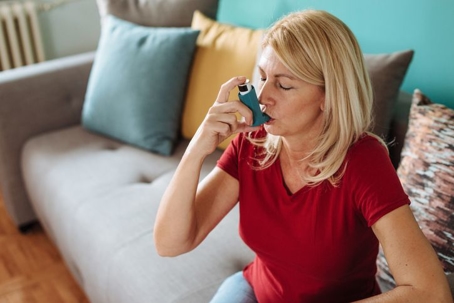Growing up, just about all of us have taken science classes, which explained the presence of ozone and its role in our atmosphere. However, ozone pollution can occur in the home, too, and can affect your indoor air quality. Here’s what you need to know in order to keep your air clean and your family safe:
Where Does Ozone Come From?
Vehicles and other fossil fuel burning devices emit large amounts of what are known as volatile organic compounds (VOCs), which when combined with oxides of nitrogen (NOx), creates ozone in our air. Some air cleaning products can also emit ozone in their efforts to improve indoor air quality. While these products intend to neutralize indoor air pollutants, they also emit ozone, which is rather harmful.
Additionally, a clean HVAC system not only helps conserve energy but also cuts back on environmental pollutants.
Utilities comprise 22% of the sources of oxides of nitrogen, which combine with volatile organic compounds to create harmful ground-level ozone. This ozone contributes greatly to pollution. From facial steamers and laundry water treatment appliances to air purifiers, ozone could be created inside of your home. These products should be used with care.
How is Ozone Harmful?
When ozone is in the upper atmosphere, it protects us from the sun’s ultraviolet radiation.
However, ozone is harmful when it is at ground level where people can breathe it in. When ozone is inhaled, it can create serious damage to your lungs, according to the Environmental Protection Agency (EPA). From people who are otherwise healthy to those who have preexisting respiratory difficulties, ozone can pose a threat. In small amounts, ozone can cause chest pains, shortness of breath, throat irritation, and cough.
For more information, see the chart from the EPA.
Stopping Indoor Air Pollution From Ozone
One of the best ways to limit your indoor exposure to ozone is to limit using products that emit it inside of your household.
There are three different methods of controlling ozone pollution:
Source Control: limiting your usage of appliances that emit ozone, as mentioned above. You can also control your home’s ozone levels by regularly cleaning to remove dust and moisture.
Ventilation: opening windows in combination with ventilation systems to draw in outside, non-polluted air in (this is best for homes that are not situated near urban areas or major highways).
Air Cleaning: using methods such as air filters and gas absorbing materials. Air filters that use activated carbon also have been proven to effectively remove ozone from your air.
Keeping a well-maintained HVAC system is the best way to prevent an overall negative effect on your home environment. It’s one reason the EPA also recommends technicians use only approved refrigerants in home A/C units – a recommendation that Rescue Air prides itself on following.
At Rescue Air, we have the expertise to determine any concerns with your indoor air quality, and, we’ll know the right steps to take. If you need your indoor air quality checked or improved in Dallas, TX, please call Rescue Air and Plumbing at (972) 201-3253.

